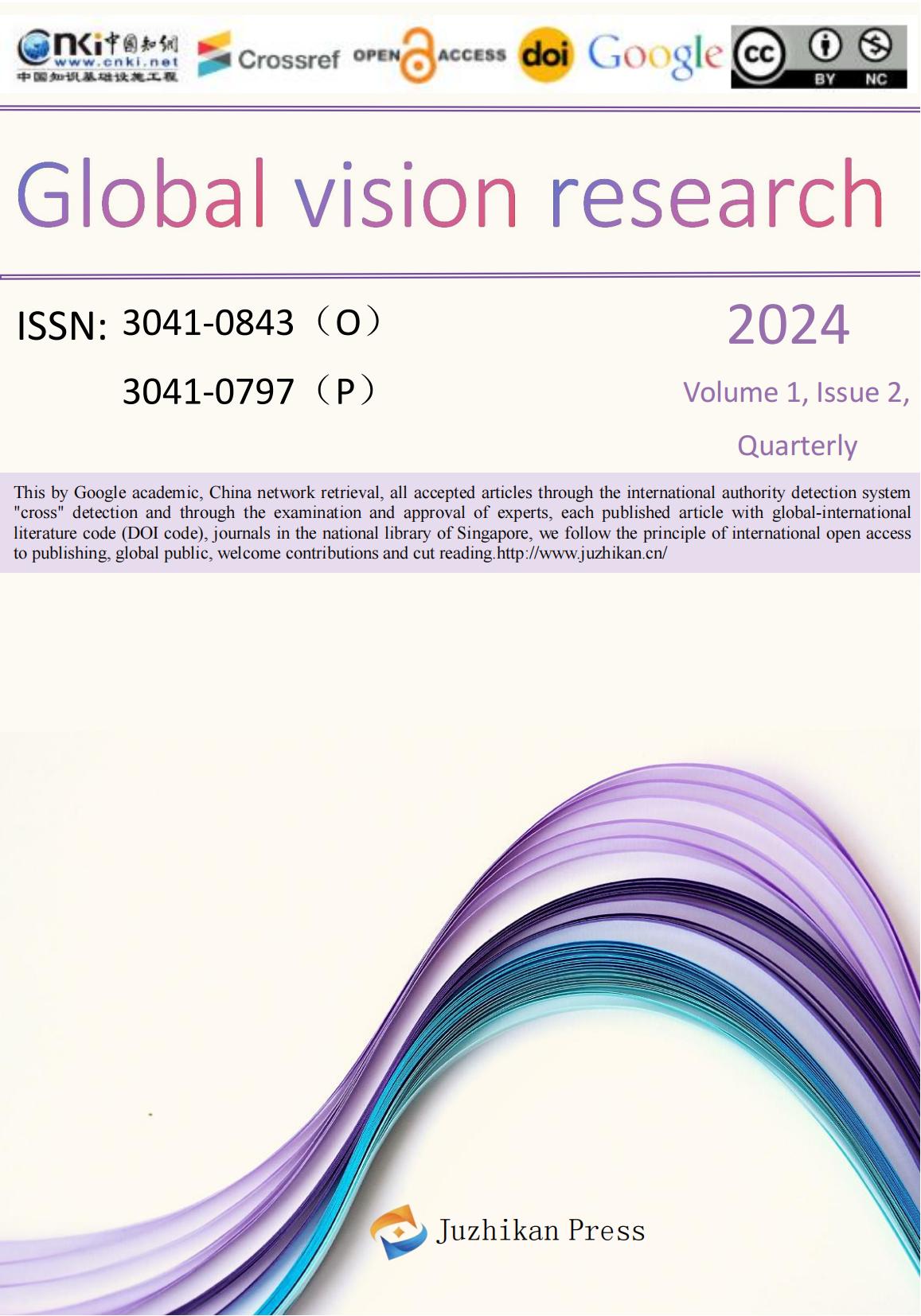 65 84368249
65 84368249 info@juzhikan.asia
info@juzhikan.asia 65 84368249
65 84368249 info@juzhikan.asia
info@juzhikan.asia
The Comparative Study of the Sino-U.S. Financing Markets from a Risk Management Perspective
Sai Xu 1,2 Deqing Cheng 2,3 Gi Young Chung 2*
1 School of Economics and Finance Bengbu College of Technology and Business , Anhui Province Bengbu , China233010;
2 Department of Business Administration Sehan University, Mokpo Jeollanam-do South Korea , 58613;
3 Anhui University of Finance and Economics, Anhui Province Bengbu China , 233030;
Abstract:This paper systematically compares the financing market structures, operating mechanisms, and risk management practices of China and the United States from a risk control perspective. Based on the latest data and policy trends from 2018 to 2023, the article first provides a detailed comparison of the basic structures of the financing markets and the distribution of financing channels in both countries. It points out that the share of indirect financing in China has long been above 70%, while the share of direct financing in the U.S. remains stable at over 80%. At the same time, through an analysis of the risk pricing mechanism in the bond market, the current state of credit ratings, and the application of derivative markets, the paper reveals significant differences between the two countries in terms of risk premium formation, market liquidity, and risk diversification tools. It also analyzes the impact of regulatory frameworks and financial systems on the risk transmission paths in both countries and explores the deep influence of marketization, regulatory coordination, and investor structure on risk prevention and control capabilities. Finally, based on the comparative study findings, policy recommendations are made to improve the market-based credit rating system, promote the innovation of credit derivatives, optimize investor structure, and advance regulatory reforms, aiming to provide theoretical support and practical references for financial risk prevention and capital market reform in China.
Keywords:Risk Control; Direct Financing; Credit Derivatives; Regulatory System
References
[1] Li Yang, Zhang Xiaojing, Chang Xin. Research on China's National Balance Sheet——An Empirical Analysis Based on 2018–2020 [M]. Beijing: China Social Sciences Press, 2021: 78-92.
[2] Wang Fang, He Dexu. A Study on Risk Pricing Differences in Chinese and U.S. Bond Markets [J]. Journal of Financial Research, 2022(3): 45-61.
[3] SIFMA. 2023 U.S. Fixed Income Market Report [R]. New York: SIFMA Publications, 2023.
[4] BIS. Annual Economic Report 2023 [R]. Basel: Bank for International Settlements, 2023.
[5] IMF. Global Financial Stability Report 2023 [R]. Washington: IMF Publications, 2023.
[6] People's Bank of China. 2023 Statistical Report on Social Financing Scale [R]. Beijing: People's Bank of China, 2023.
[7] DTCC. 2023 Derivatives Market Analysis [R]. New York: DTCC Publications, 2023.
[8] Zhang Xiaohui. A Study on Cross-Market Arbitrage and Regulatory Arbitrage in China's Bond Market [J]. Financial Forum, 2023, 14(2): 67-78.